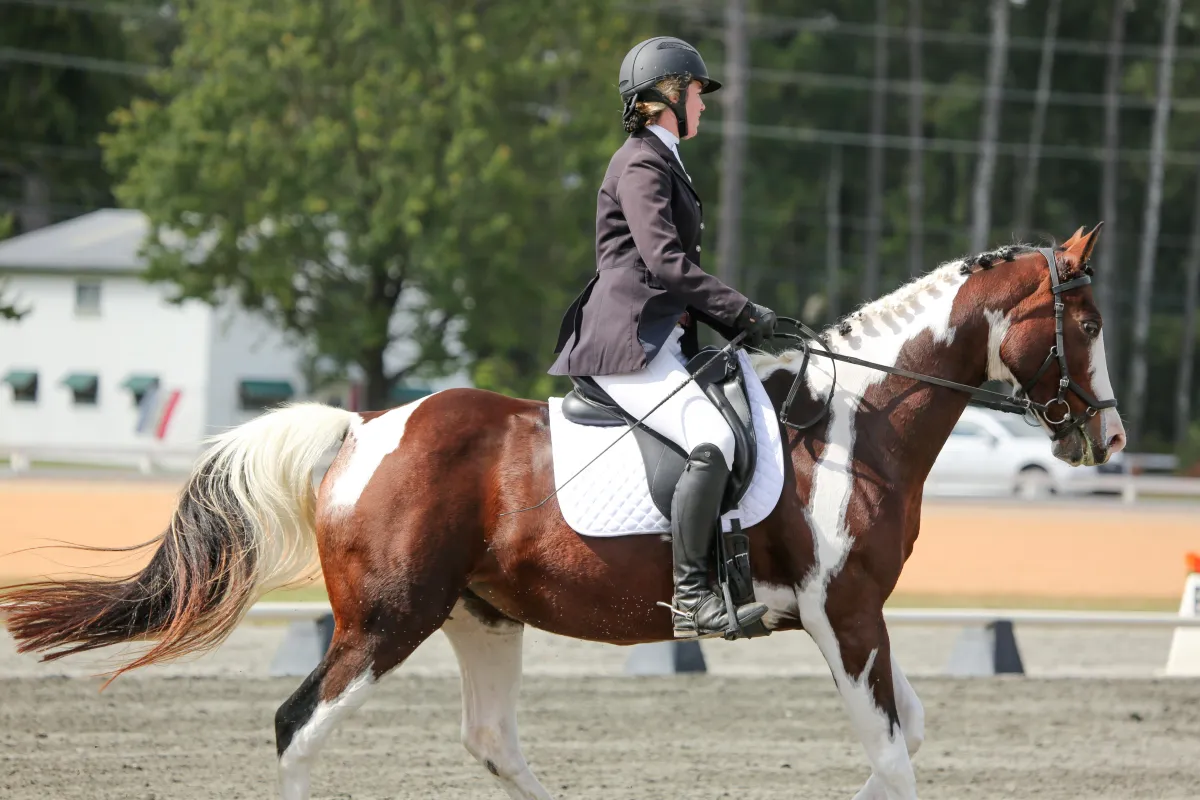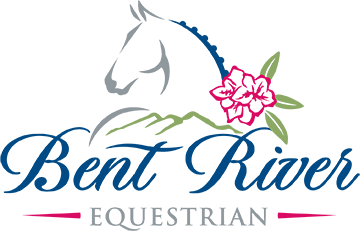
A Study on Throughness
A Study of Throughness
published Jan 29, 2025
As we mature in our understanding of horses, we realize that the “sects” and “division” in the horse world do not come from differing desired results, but the many methods to get there.
If you have had the privilege of riding a horse after an accomplished professional and felt a through horse, you were most likely hooked on the feeling. In her course “Laura Graves teaches Responsiveness to the Aids” on NoelleFloydPlus.com, she says that for so many riders the first feeling of throughness is a “lightbulb moment.”
If you have ever read or heard trainers say that “back to the basics” is what a horse needs, you can bet that a challenging movement has interrupted your horse's throughness. Throughness takes patience to feel and learn. Throughness is evidence of a disciplined trainer and skilled rider. With that in mind, I have decided to begin this year taking in top riders’ definitions of throughness, so I can focus on maintaining it where I normally lose it.
I have had the good fortune of investing in a library of Dressage books, of which i will pull words of other greats to help and understanding of throughness. You can begin your research on this theme online, with USDF and other educational resources having many published articles on the matter.
Let’s begin by looking at the definition of throughness your judge will be using next time you ride in front of him or her. According to the UDSF
Throughness is an equestrian term which means the supple, elastic, unblocked, connected state of the horse’s musculature and a willing mental state that permits an unrestricted flow of energy from back to front and front to back (circle of the aids), which allows the aids/influences to go through all parts of the horse. A horse is said to be ‘through’ when, by virtue of a lively impulsion and the suppleness of his joints, free from the paralyzing effects of resistance, he obeys willingly and without hesitation and responds to the various aids calmly and with precision, displaying a natural and harmonious balance both physically and mentally. These qualities are the hallmark of a correctly schooled horse.
This definition shows the desirability of throughness, utilizes elements of the training scale, and adds the element of the horse’s balance.
But does this definition offer you much in hopes of achieving it on your own? No. There are many different ways of thinking about throughness, and a skilled trainer is required to help riders determine the missing elements and ways to incorporate them. Furthermore, each horse has its own conformation challenges to finding throughness - this is where a knowledgeable trainer can support your horse’s development and performance.
Many of the greatest trainers of our time have described throughness in their own words. If you watch her course on NoelleFloydPlus.com, you hear Laura Graves describe Throughness as the feeling of the horse having an understanding in maintaining the necessary energy from the leg, and a boundary or limit with the hand. Laura, like many others, mentions checking your horses’ flexibility laterally and longitudinally. The flexibility contributes to the ability to achieve throughness. You know you have it when it “looks soft, it looks beautiful, it looks like the horse is carrying the rider.”
Laura recommends that any time you do not feel your aids go through from your seat in the sitting trot, you should go back to posting and checking the energy cycle from the leg to hand. Most young horse trainers agree that this is a key component of helping horses develop over the back.
Another great trainer, Isabell Werth, in her book Four Legs Move My Soul, describes throughness as “the [horse’s] ability to understand all aids of the rider [...] but to also realize them without fault. The horse has to be prepared for his tasks in such a way that there is no more ‘grit in the gears’ when he has to perform the [movements].” This definition mirrors Laura’s - reminding us all that the suppleness and flexibility must be maintained to be able to transmit the aids through the horse's body.
Tik Maynard’s book, “In The Middle are the Horseman” includes stories and glimpses into training in Europe and North America. After spending time in Germany, Tik came back to North America where trainers put an emphasis on “[quickening] the hind legs to get the back up and swinging, which gets the horse through.” Working with some of our greatest trainers, he learned a new method, one that “the horse's back would not relax until he was in front of leg, forward, and through.” Once horses brought the hind legs through and the rider felt a swinging back, the horses then could trot long and low to let the horse know that was the response we need.
Tik also mentions the high regard we have for Ingrid Klimke. She “wrote the book” literally,her book is called Correct Training of the Young Horse, where she emphasizes loosening up the horse being paramount.
Throughness is so desired by Dressage rider and trainers, Debbie McDonald wrote a Dressage guide, so named “Riding Through.” In reading this book so far, I have not found a glossary definition of through or throughness, although the entire premise of the book is supposed to help you achieve it! I did however, find a practical application of the definition - a test you can do with your own horse at home. In the Q&A section a student asks “How will I know when I’m riding Through? Is there any kind of test I can do to tell? Her response is: “If you can move from a straight line in the trot or canter into a shoulder-in and take it into haunches in and back to shoulder-in, and the horse stays in the same frame and rhythm, he’s totally connected. Then you’re riding through”
One other great US rider and trainer, Betsy Steiner, writes a definition that helps me remember where to put my focus each ride. Her definition is: “When a horse accepts the rein contact by flexing at the poll and softening his jaw, he is said to be on the bit. When he not only accepts the contact but moves into it by pushing forward from behind, coordinating and engaging his entire body, he begins to become connected or ‘through’” To me, this is the most simple way of thinking about it. Is my horse accepting my rein aid? While he does, can he still move straight and forward off my leg?
If you are thinking about your horse’s acceptance of those aids, you can take it a step further. In Beth Baumert’s book, “When Two Spines Align” she states there are Four forward moving pathways of throughness - left hind to left bit, left hind to right bit, right hind to right bit, right hind to left bit. You can improve your horse “Right hind to Left Bit, by lateral work” and Right Hind to Right bit but Longitudinal gymnasticizing.
So if all good trainers are trying to achieve the same thing, which definition makes the most sense to you? Does your trainer think in the same lines as you, or is their way of understanding different from yours?

